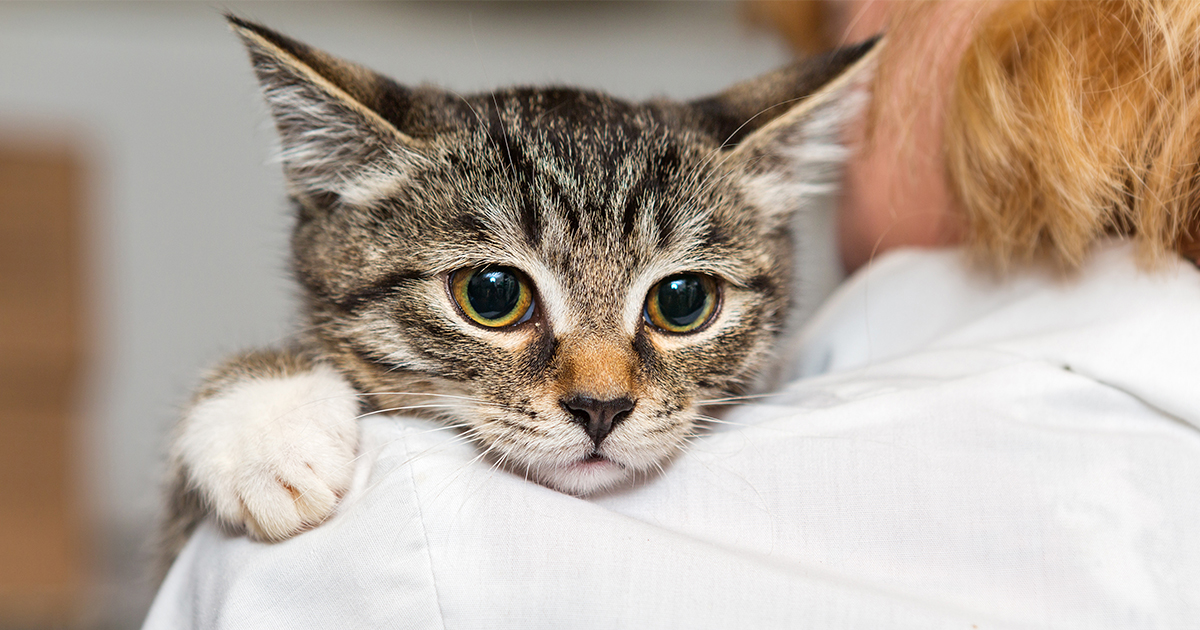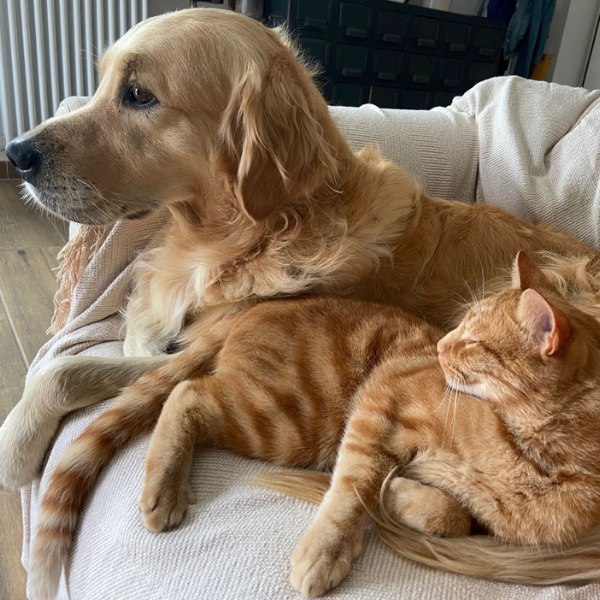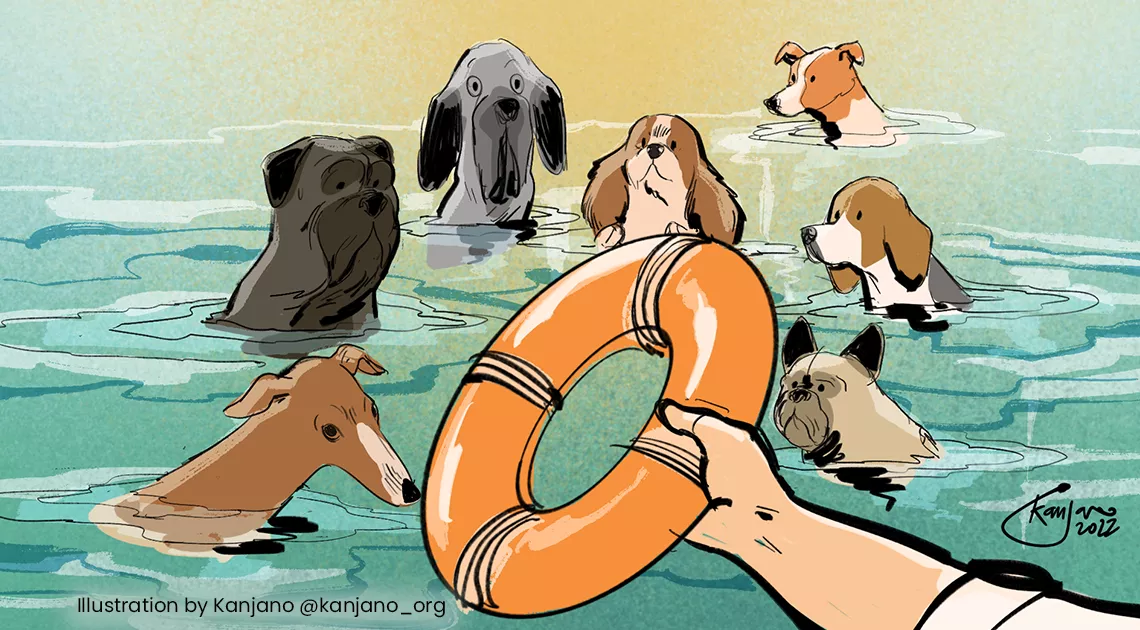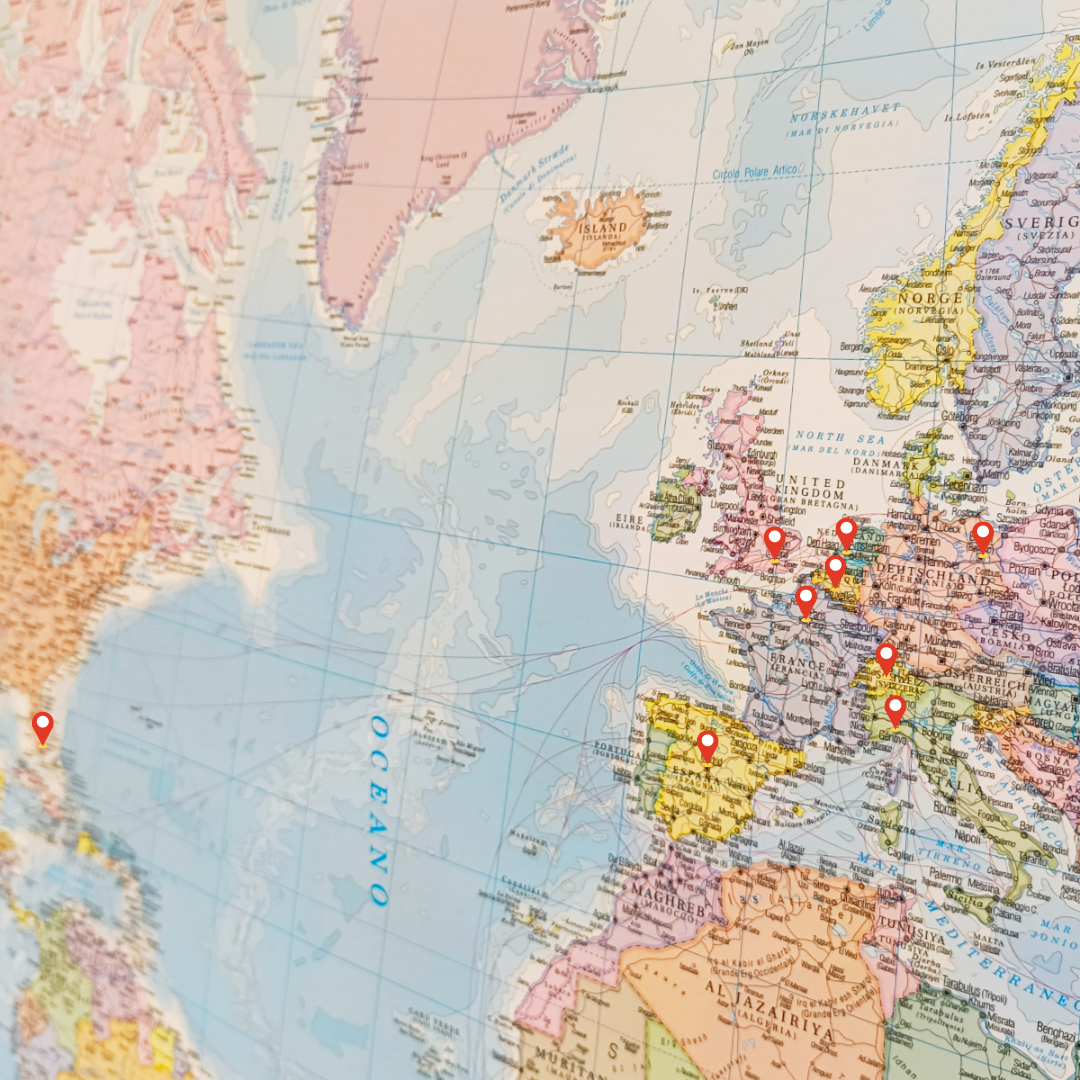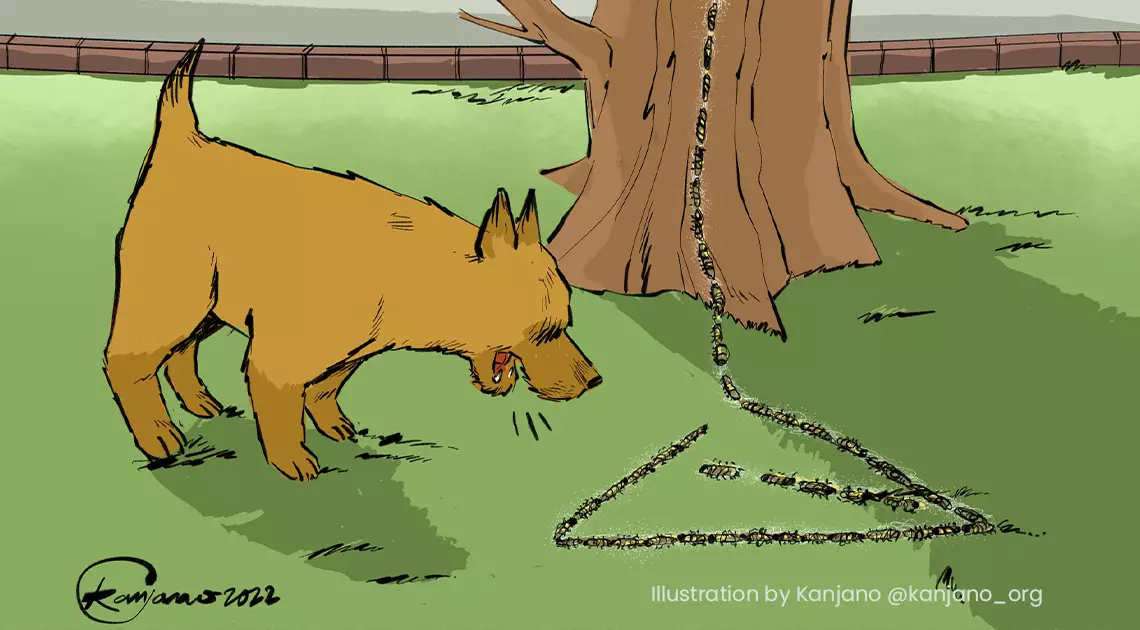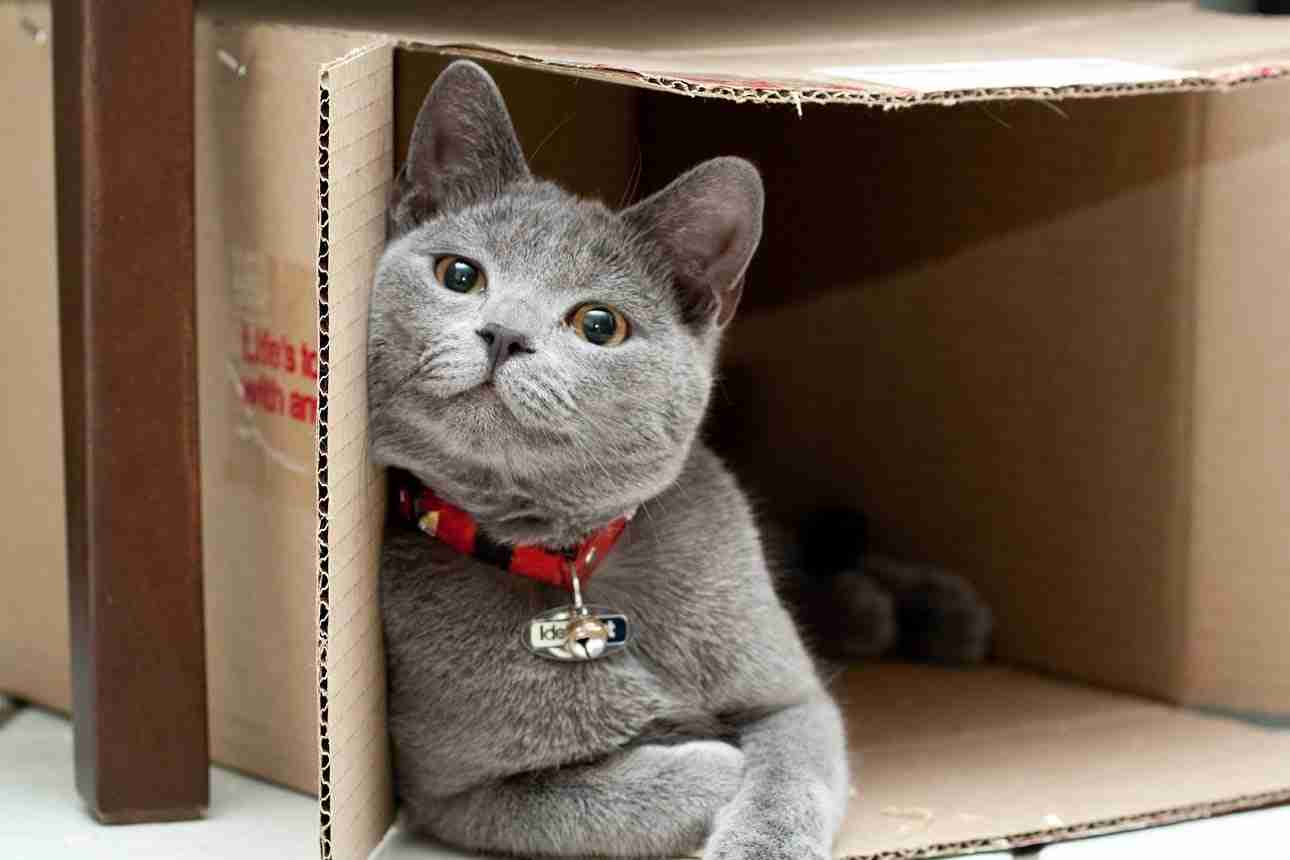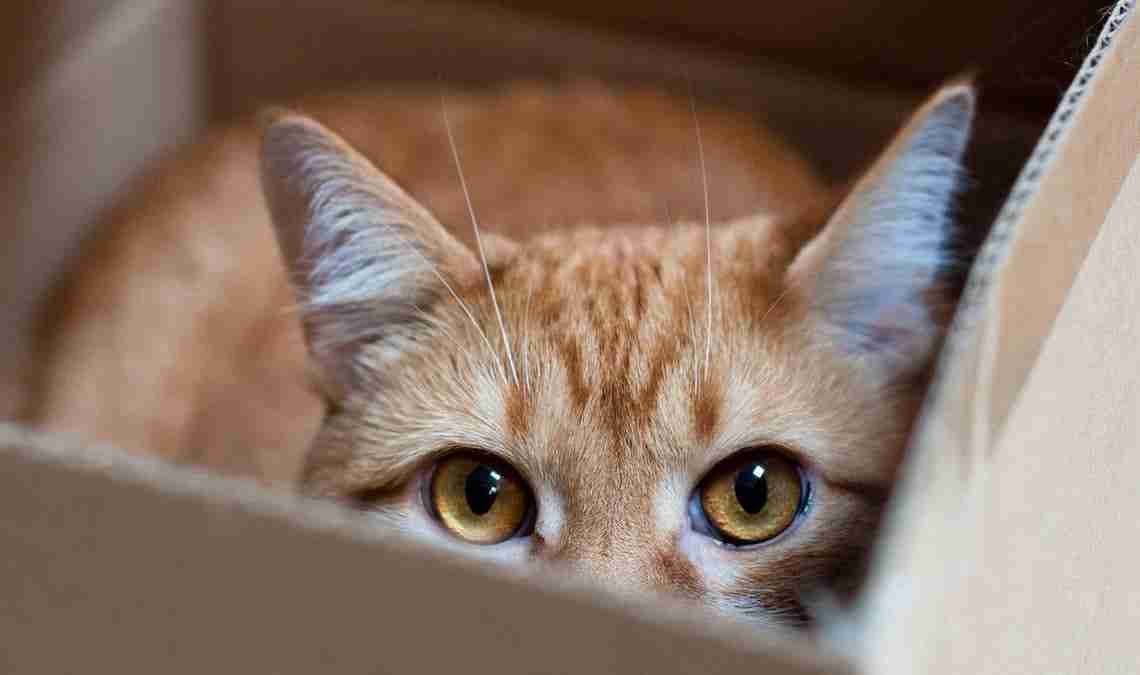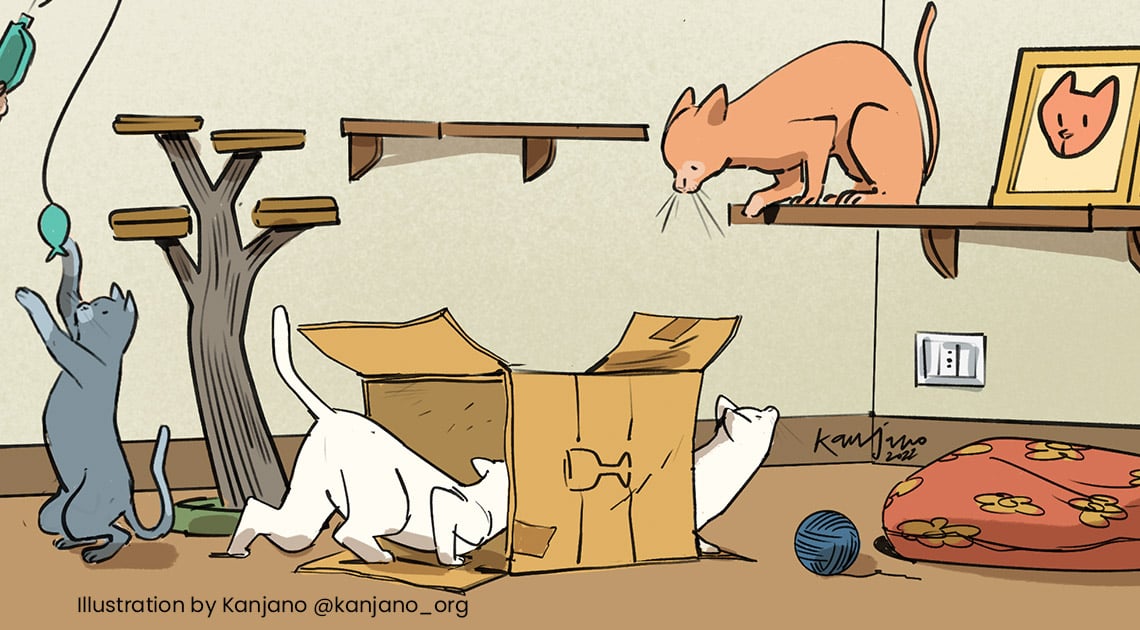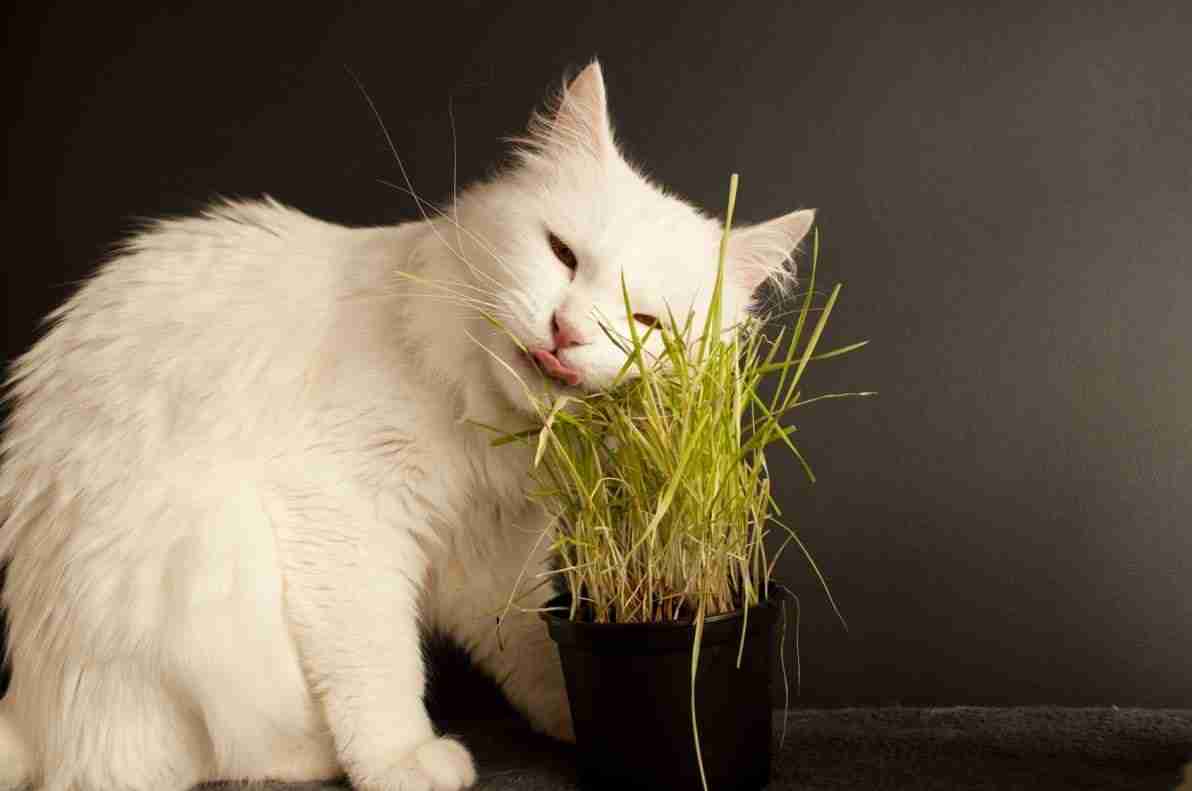Adopting a cat

from Sonia Campa
The topic of cat adoption has many facets worthy of analysis in itself and is so vast that when I try to deal with it, I shake like an eel in the hands of a fisherman. To begin to approach it, before asking questions on the practical issues, I believe it would be wise to stop and think about why we are choosing to adopt a cat and whether we are aware of the type of responsibility it entails.
Why are you adopting a cat?
This question seems trivial but in fact it is essential. In order to consider our own reasons, our own "why" is essential to understand whether the expectations we are more or less consciously cultivating about adoption are realistic or not. And if they are, it allows us to better orient ourselves even in the practical aspects of this choice. You can adopt a cat because you want to make a noble gesture and "rescue" a creature that, perhaps, would otherwise live for years in a shelter. Or you can adopt to enjoy the aesthetic thrill that cats give you. Or you can adopt because it just happened or because cats have always been your favourite animals. Everyone has his why, sometimes more than one, but we cannot avoid keeping in mind that the "whys" are ours, not the cat's, and that at the moment when it crosses the threshold of our house, the responsibility for its well-being is ours.
Is a cat less challenging than a dog?
It was once said - and many still repeat it - that the adoption of a cat is less demanding than that of a dog. It is about cultural legacy that could have had value when cats used to lead a predominantly outdoor life, and apart from entering the house to rest and eat, were the exclusive owners of their time, their space and their days, able to govern themselves and to follow a lifestyle in line with their innate needs. In other words, they lived "like cats". Perhaps survival was more difficult but it suited them. In the West most "owned" cats live in contact with families that implement various types and levels of restrictions on their cat's autonomy.
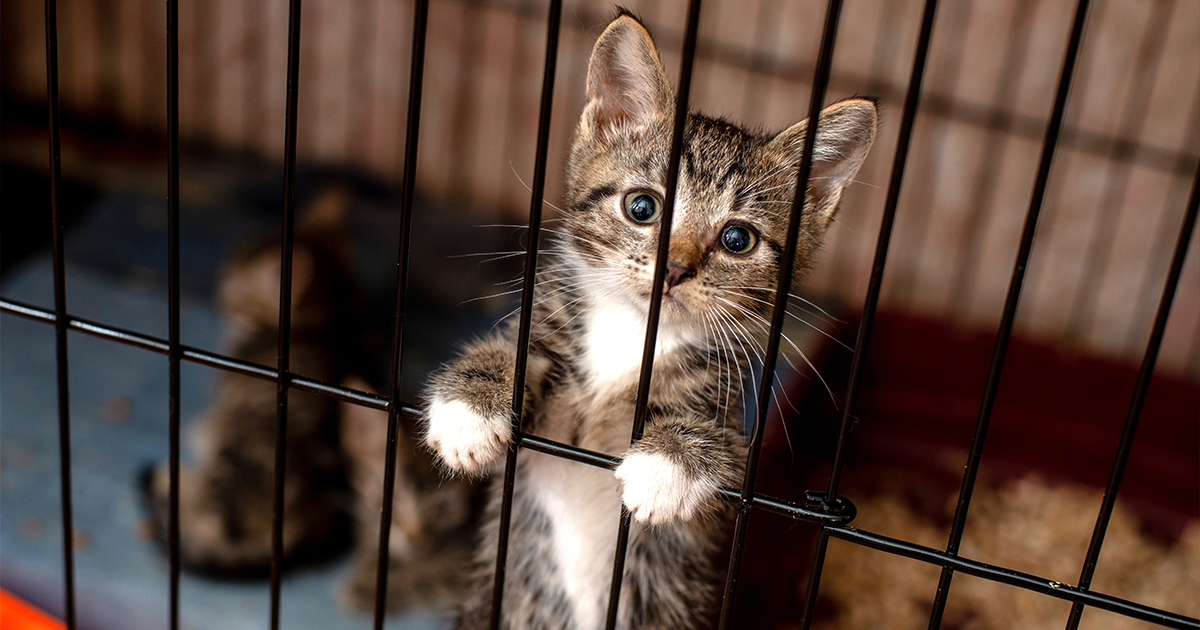
The current condition of cats
As a result, the lives that cats lead today are characterized by a greater degree of dependence on people. Let's be careful, though: I am not asserting that cats depend on people because they are incapable of looking after themselves. I am saying that the lifestyle that we are imposing on them no longer grants the space for self-determination that they once enjoyed (and in reference to which they evolved), and do not allow them to self-regulate, thus making them dependent.
If we think about indoor cats, it depends on us if, where, what and how much they eat, where and when they sleep, where they will deposit faeces and urine, with whom they share the only territory they know and can occupy, including its resources, but also how much company they will have from us, and if, when and how much they will be mentally stimulated and in what way.
But even the cats that have the opportunity to enter and leave as they wish, are today conditioned by our choices: we live in cities and towns increasingly crowded with people and other cats that force ours to reduce their exploration to a narrow radius within which we exercise direct control, and stay around the house, even though we are not even there to let them in or out.
We have taken away from our cats their vital space and the decision-making power over their lives and this is what makes them, despite themselves, subjugated to our choices.
A new responsibility
As a result, the well-being of an adopted cat (because adopting is "undemanding") can turn out to be, in reality, a hot potato entirely in the hands of the adopter. Caring for the well-being of a cat, in fact, does not just mean guaranteeing it a clean and well-placed litter box, good quality food, water and some toys scattered around the house. Dealing with a domestic cat today, especially if the idea is to keep it exclusively indoors, means taking care of the inevitable shortcomings that the restrictions imposed will entail, or of all those physical and mental stimulations indispensable for the psycho-physical balance of the cat. The offset is very high: neglected cats, not cared for very much, or that are are likely to get sick because their daily menu is taken "for granted". They can develop even very severe behavioural alterations ranging from depression to aggressive behaviour (even towards people at home), not to mention obesity and a range of organic problems related to anxiety and stress.
A kitten or an adult?
This is one of the first questions that arises. A Kitten is sweet and gives the feeling, according to another cliché, that we can "raise it as we wish". However, kittens need to be cared for with more continuity, they require constant attention, they need to be trained how to interact appropriately (and it will depend a lot on how WE interact with them) and behavioural development can be compromised or altered if they are alone for too many hours a day. On the other hand, adult cats have more stable characters, adapt easily - unless they have negative past experiences - and tend to be less dynamic. But they’re more reluctant than kittens to bond with other cats.

Race or crossbreed?
There is no unambiguous answer to this question because it depends on what personal motivations you have for adopting a cat. In any case, it is crucial that we avoid funding illegal trafficking of kittens from the East. But also those linked to national trafficking on the limits of legality (and sometimes for survival).
Know how to make a wise and prudent choice of the breed: some breeds are based on the selection of dysfunctional morphological traits (Munchkin, Manx, Scottish Fold, all brachycephalic breeds, that is, the "short muzzle", just to name a few) that cause countless physical and behavioural problems; even many races defined as "natural" (in any case an oxymoron, since they are however the product of an artificial selective process) have undergone such radical selection processes that genetic problems are widespread. At the moment, the only way to force breeders to change the most abusive selective guidelines is to make them understand that extremes are neither tolerated nor sought after.
On the other hand, if you are thinking about getting a cat that comes from a shelter or some voluntary association, try to contact those that work honestly and transparently, both legally and economically. Try to get as much information as possible about the organisation but also about the cat's origins, its previous experiences and its temperament. It goes without saying that internet or closed-box adoptions are absolutely not recommended: a cat must be known before deciding to adopt it, in order to evaluate its general conditions, its character and receive feedback on the level of its sociability towards people.
If you need advice and suggestions that will guide you during the pre-accession process, keep in mind that today there are suitably trained professionals who can help you (from behavioural veterinarians to various consultants.
Single or group cat?
Another thorny issue concerns the introduction of a new cat or kitten into a context in which other resident cats already live. Today there is a widespread narrative that tends to minimize how much effort cats make to tolerate and live without conflict, especially as adults. And some, in fact, do not succeed at all: there is no guarantee that a new cat will be accepted by existing resident cats or that the new cat will like to have the other cats around. This can result in years of stressful tensions and quarrels or even total incompatibility.
The only way to maximize the hope that two cats live together in a climate of real harmony is that they are brothers or sisters and that they are adopted together from the outset. It may seem a gamble to adopt two cats at the same time but it offers more guarantees than a two-step adoption which could result in a precarious or impossible balance.
What is needed?
Once you have clarified your intentions, have established whether to choose kitten or adult and its origin, how do you predict what it will need?
My advice is, first of all, to become aware of what the needs are of the species, that is, those shared by all cats for the sole reason of being... cats! Knowing these will then help you make more reliable predictions on the needs of the individual.
• A cat is a predator and has a predatory mentality, that is it needs to chase, grab, bite and if you do not offer it the appropriate stimuli, its prey will become you (or your hands, your feet, your objects...). Playing a lot and in a correct way, then, will become a must.
• A cat is a sedentary animal, it is comfortable in its usual territory and does not like to leave it. Travel is not his forte and is not the thing he loves most, even if you can accustom him from an early age to tolerate travel and adapt to new places.
• A cat is a tireless explorer and its physical and mental well-being is directly proportional to the complexity of its environment: the more it structures, rich and varied it is, the more satisfying it will be, bringing it closer to what could be called "happiness".
• The cat lives on three dimensions and this is an irrepressible need: if you dislike the idea that it can get on the table, on the bed or on a piece of furniture, I invite you to re-evaluate your expectations because not only can you not "correct" this behaviour but any attempt you make to change it will be destined to undermine your relationship and both your and your cat's serenity.
• It is the cat that decides if and when to interact: it is not smug, it is its natural "position" in social relations, which is different from that of a dog and human beings. For the same reason it does not like physical impositions and even less to be forced into situations that scare it or make it uncomfortable. On this it does not compromise: it demands that its point of view be respected.
- The more stable and unchanging the environment (like an apartment), the more the quality of life of a cat depends on the quality of the relationship with the family, which must be emotionally sensitive, socially present and interactively available. This implies that if your lifestyle takes you out of the house for 10-12 hours a day, perhaps the cat is not the most suitable animal to occupy your deserted apartment.
Anyone who adopts a cat will sooner or later have to confront him/herself with at least all these needs. I would like to underline what I have already said: it is important to know the nature of the cat because the deficiencies in satisfying its needs, especially the fundamental ones, will result in illness. A stressed, anxious or perpetually frustrated animal is destined to manifest its burden of suffering in its body or mind or both.
Towards a new awareness
Are we still sure that a cat is "less challenging than a dog"? Or is it simply that we have not been taught to reflect on how complex it is to ensure a real quality of life to the conditions that human society currently imposes?
Cats need more than a warm bed, a roof over their head, a bowl always full and some toys scattered around the house. And we, on the other hand, lead lives that don’t always allow us to provide cats with what they need. Learning to take a step back is important if the conditions do not exist for dedicating the space, the time and the necessary commitment to this autonomous animal, which is indeed becoming less and less free to determine its own independence. Having cats, moreover, is not an inalienable right, rather it must become more and more a thoughtful and responsible choice that aims to achieve not only ours but the happiness of our cat.
